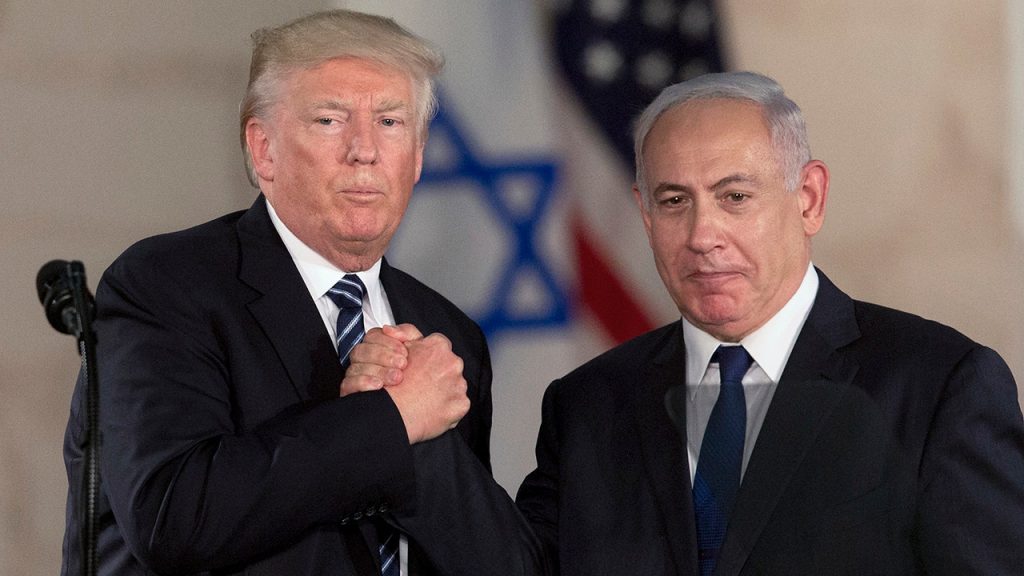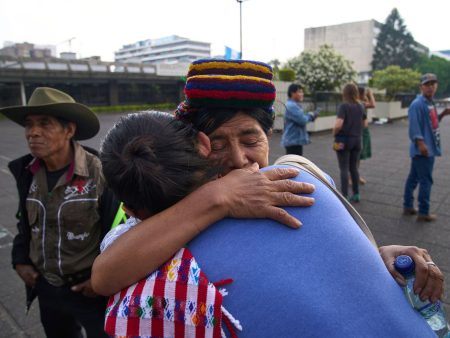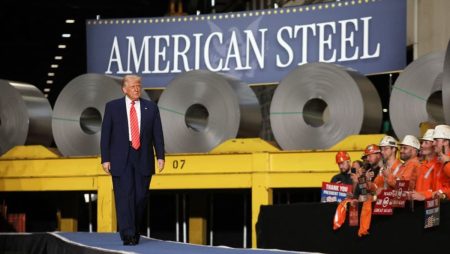The geopolitical landscape of the Middle East is undergoing a dramatic shift, with Iran finding itself increasingly isolated following the hypothetical downfall of the Bashar al-Assad regime in Syria. This destabilization, coupled with the weakening of Hezbollah in Lebanon and Syria, has reportedly prompted Israel to reconsider military action against Iran’s nuclear program. Israel views Iran’s nuclear ambitions as an existential threat, a concern shared by international allies. This renewed consideration of a strike comes amidst escalating tensions between Western nations and countries like Russia and Iran, adding another layer of complexity to the already volatile situation. While such a strike has long been considered a taboo option, the changing dynamics in the region have seemingly brought it back onto the table.
Israel has reportedly already taken action against Iran’s nuclear program, with Prime Minister Benjamin Netanyahu confirming an IDF strike in late October aimed at degrading Iran’s nuclear capabilities. While the strike’s effectiveness in significantly hindering Iran’s progress remains unclear, Netanyahu emphasized its insufficiency to fully thwart Tehran’s pursuit of a nuclear weapon. Israeli Defense Minister Israel Katz echoed this sentiment, suggesting that Iran is now more vulnerable than ever to strikes on its nuclear facilities. He underscored the opportunity to definitively eliminate the perceived existential threat posed by Iran’s nuclear program. However, the International Atomic Energy Agency’s assessment suggests that Iran continues to amass near-weapons-grade enriched uranium, raising concerns about the efficacy of past and potential future strikes.
The international community, led by the Biden administration and the IAEA, has strongly discouraged Israel from taking further military action against Iran’s nuclear installations. The potential for escalation and unintended consequences in an already volatile region weighs heavily on these calls for restraint. The IAEA continues to monitor Iran’s nuclear activities, providing regular assessments of their progress, which remain a source of concern. Despite international pressure, Israel appears to be preparing for a potential strike, fueled by the perceived urgency of the threat and the evolving regional context.
Simultaneously, the incoming Trump administration is reportedly exploring a “maximum pressure 2.0” campaign against Iran. This strategy, mirroring Trump’s previous hard-line stance against Tehran, aims to curtail Iran’s nuclear ambitions through various means, potentially including preventive airstrikes. However, the Trump team emphasizes avoiding a full-blown war with Iran. While the specifics of this campaign remain under wraps, President-elect Trump has acknowledged the inherent unpredictability of the situation, stating that “anything can happen” in response to questions about potential military conflict with Iran. This statement underlines the precarious nature of the current geopolitical climate and the potential for rapid escalation.
The confluence of these factors – Israel’s renewed consideration of a strike, the IAEA’s ongoing monitoring of Iran’s nuclear advancements, the incoming Trump administration’s hawkish stance, and the shifting regional dynamics – creates a complex and potentially explosive scenario. The international community is watching closely, urging caution and restraint while seeking diplomatic solutions. The stakes are high, as any miscalculation could ignite a wider conflict with far-reaching consequences. The future trajectory hinges on the decisions made by key players in the coming weeks and months.
The possibility of a direct military confrontation between the U.S. and Iran remains a subject of speculation and concern. While the Trump administration is reportedly evaluating various options, including preventive airstrikes, the objective appears to be applying pressure without escalating into a full-scale war. The exact nature and scope of “maximum pressure 2.0” remain to be seen, but it is likely to involve a combination of economic sanctions, diplomatic pressure, and potentially covert operations. The ultimate goal is to deter Iran from developing nuclear weapons and to curtail its influence in the region. The success of this strategy, however, remains uncertain, given Iran’s past resilience to international pressure and the complex regional dynamics at play.










